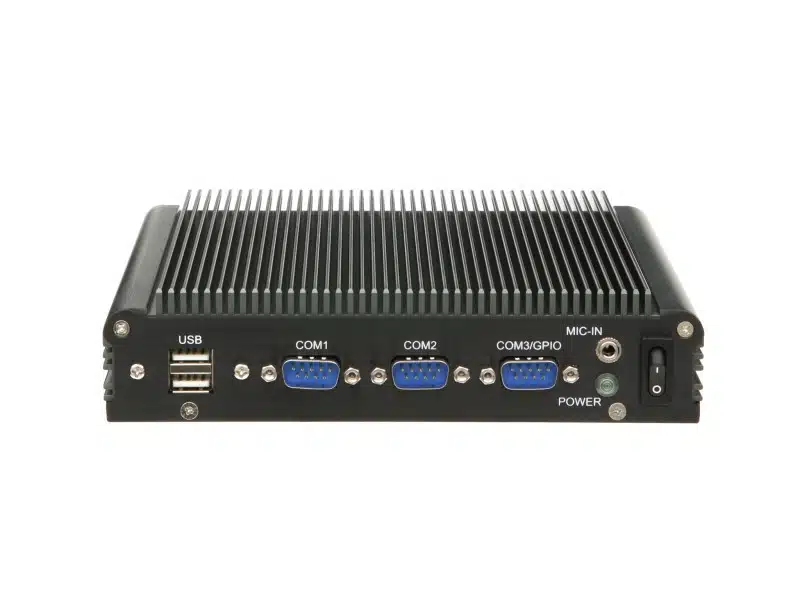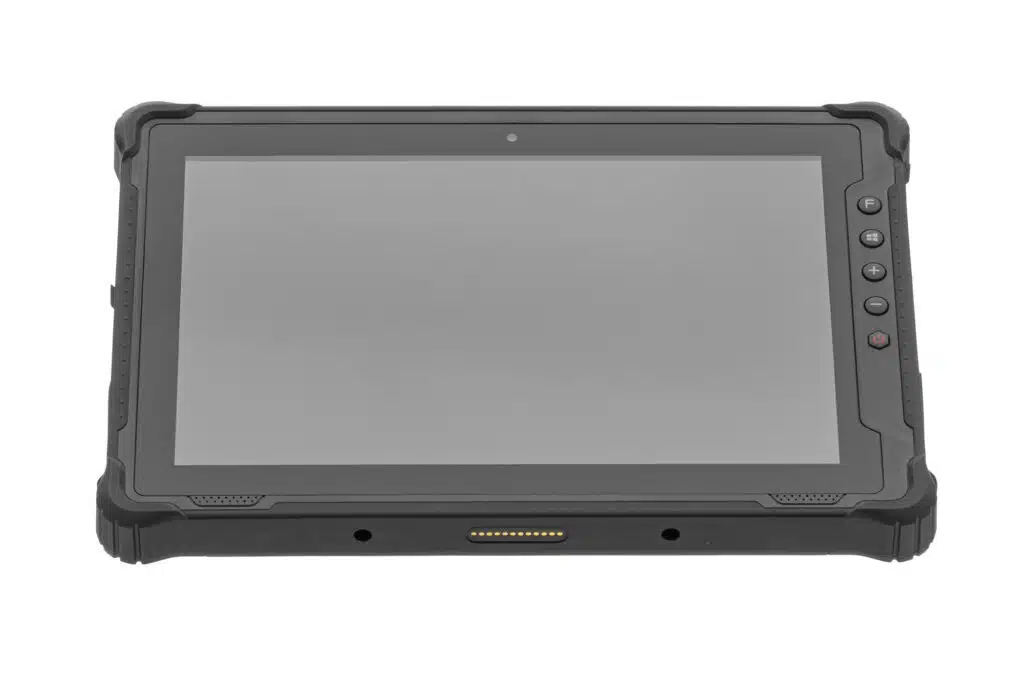20.05.2015

This is manufactured using the 22nm process and therefore offers greater efficiency and increased performance compared to its predecessors. The passive cooling also avoids the use of moving parts inside the sturdy metal housing of the spo-book RUGGED HM87.
The spo-book RUGGED HM87 is a very compact industrial PC, as it was designed and developed to be as small as possible. It is therefore no problem to install the device, which is only four centimeters high, even under difficult conditions. Thanks to the freely selectable size of the RAM, up to eight gigabytes, this model of the RUGGED series can also be very easily adapted to the respective requirements - which also applies to the hard disk, as either a classic, magnetic version or a modern SSD hard disk can be used, which can drastically accelerate any type of file operation.

Whether in the industrial hall, in the warehouse or out in the field, mobile IT has to do much more ...

In many companies, it is not easy to find the right hardware for harsh environments. Before an indus...

Our industrial tablets are super flexible and robust. Robust explains itself thanks to the protectio...
You need to load content from reCAPTCHA to submit the form. Please note that doing so will share data with third-party providers.
More Information